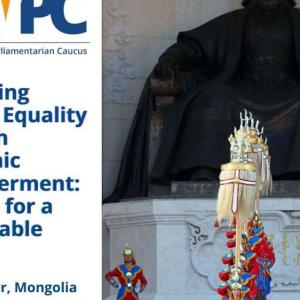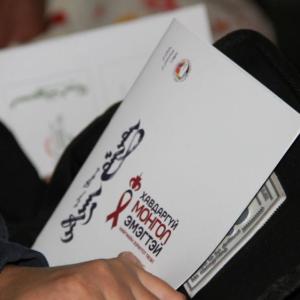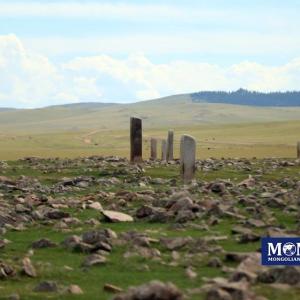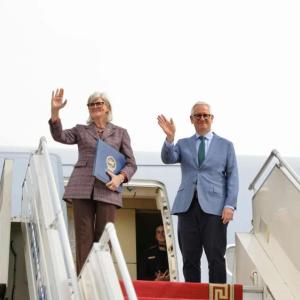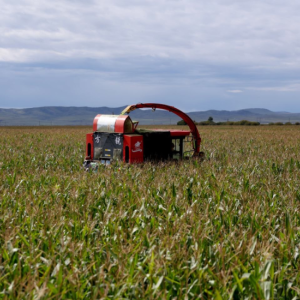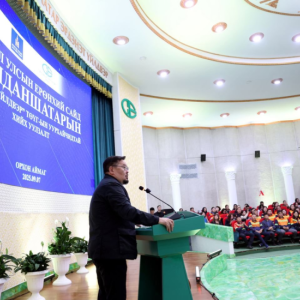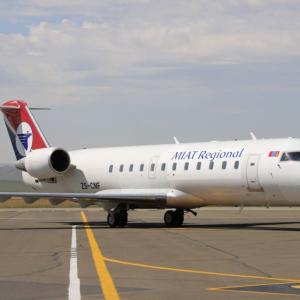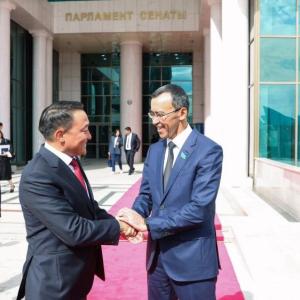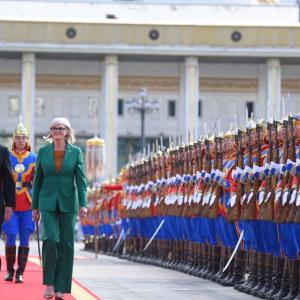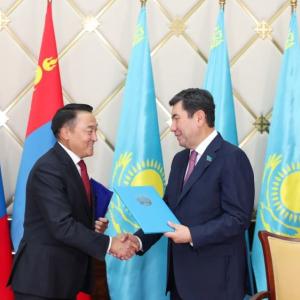Mongolia confirms stable population of the snow leopard
Environment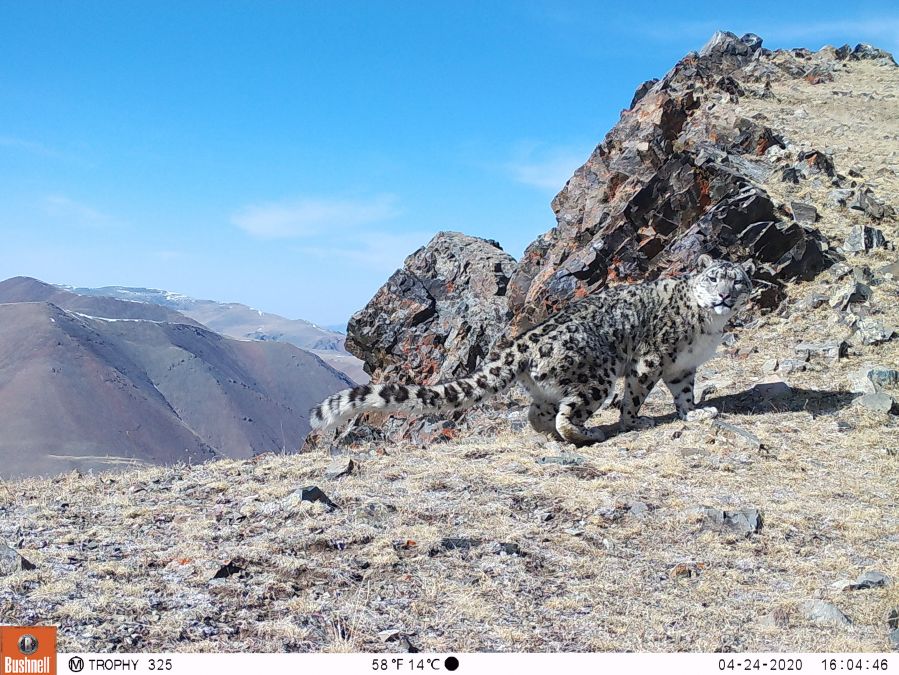
Ulaanbaatar /MONTSAME/. Mongolia released the results of its first nationwide snow leopard survey, showing that there are 953 (806 – 1127) of these adult big cats in the country.
WWF-Mongolia, and partners including
Snow Leopard Conservation Foundation, Snow Leopard Trust, Irbis Mongolia Center,
successfully completed the large-scale study to assess the current range and
the population size of snow leopard in Mongolia with support from the Ministry
of Environment and Tourism of Mongolia.
The assessment, initiated in 2017, was completed
with more than 40 field surveys over 4 years, involving over 500 people:
researchers from the partner organizations, the National University of
Mongolia and the Mongolian Academy of Sciences, rangers from the State
Protected Areas, and local citizens. During the survey, 15 snow leopards were
collared, and 1,475 camera traps deployed at 29 mountains which provided
photographic evidence of the elusive big cats across the habitat, confirming
their presence.
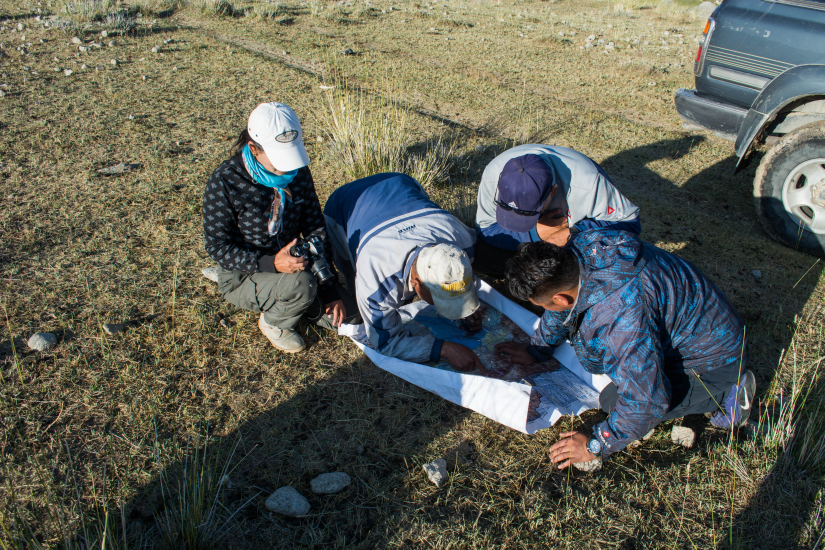
At the end of the survey, it was estimated that about 953 adult individuals, ranging from 806 to 1127, roam Mongolia, inhabiting approximately 328,900 square km area of Altai, Sayan, Khangai Mountain ranges.
Known as a shy and mysterious big cat which is
also incredibly well camouflaged, the snow leopard is an indicator of the
health of the ecosystem. The presence of a healthy population of the big cat in
Mongolia shows that high mountain ecosystems remain healthy, which is critical
as they are the source of water for millions of people downstream.
Tsogtsaikhan P., Head of the Fauna, Flora and Natural Resources
Department of the Ministry of Environment and Tourism of Mongolia highlighted:
“It is critical to determine how large the Mongolian snow leopard population
is, and where they are found, to understand how to best manage conservation
efforts in the future. With the initiative of WWF-Mongolia, the assessment of
the snow leopard population in the country was successfully conducted.
Representing the Government of Mongolia, the Ministry of Environment and
Tourism of Mongolia provided strategic support for the assessment. Based on the
results, we will be able to develop and implement sub-programs to protect high
mountain biodiversity ecosystems.”
Gantulga B., Species Officer, WWF-Mongolia, briefed: “Snow leopard sign
survey has covered 406,800 square kilometer area of 10 provinces in Mongolia
that snow leopard could inhabit, which is one of the biggest surveys ever done
on snow leopards. Camera trap survey to estimate the population size of the
snow leopard covered 29 mountains. The assessment delivers scientific, robust
and reliable results about snow leopard which is crucial for the effective
conservation planning of the species and its home, the high mountain ecosystem.
The results of the study will help identify and implement effective
conservation activities in areas where snow leopards are in danger.”
Overall, there are estimated to be 3,920 to 6,930
snow leopards in the 12 range states across Asia’s high mountains. In 2017, The
Global Snow Leopard and Ecosystem Protection Program and 12 snow leopard range
governments and partners came together and committed to producing a robust
estimate of the threatened cat’s population status within the next 5 years.
Previously in 2016, Bhutan was the first country to complete the nationwide
survey, followed by a large-scale assessment in Russia. Mongolia’s nationwide
survey is in line with the global commitment and will provide a benchmark to
assess the population size of the snow leopard in other countries.
Source: WWF Mongolia

 Ulaanbaatar
Ulaanbaatar
















